Last updated on March 1st, 2023 at 06:28 am
The memory of the Third Reich in Nazi Germany will forever live on as one of the darkest, most terrifying regimes in history. It led to the brutal end of millions of innocent people throughout Europe.
When we think of the Third Reich, most immediately think of the “Führer” himself, Adolf Hitler, who led this oppressive and violent movement, along with some of the big names who were close to him like Joseph Goebbels, Heinrich Himmler, and Hermann Göring.
But what about the women of the Third Reich? Did they play a role at all?
The Official Nazi Stance on Women
While officially, the Nazi regime did not allow women any political or military position, the women of the Third Reich played a much more essential role than most of us realize.
Some influenced events from behind the scenes as wives, mistresses, or secretaries. Still, others took a more active role, working as spies, aviators, or even concentration camp guards. And, of course, there were a few courageous women who bravely resisted the Third Reich in different ways and perished heroically and tragically for their efforts.
We now know that women greatly influenced the bloody machine that was the Third Reich. In fact, it’s fair to say that the Nazis could never have attained such heights of power without the women who helped them.
Here’s a breakdown of the role of the women of the Third Reich.
The Role of Nazi Women In The War
Under the Nazi regime, women were expected to embrace traditional roles as wives and mothers.
However, as the brutality of WWII intensified, women needed to fight at the front in various capacities.
However, Hitler was clear that only men should take responsibility for the primary combat roles in the war.
The place of women was auxiliary and mostly administrative. But this did not stop Nazi women from distinguishing themselves in the war in various ways.
Hanna Reitsch
Even the patriarchal Nazi regime could not deny the skill of Hanna Reitsch. She was an accomplished pilot who became a chief test pilot for the German Luftwaffe.
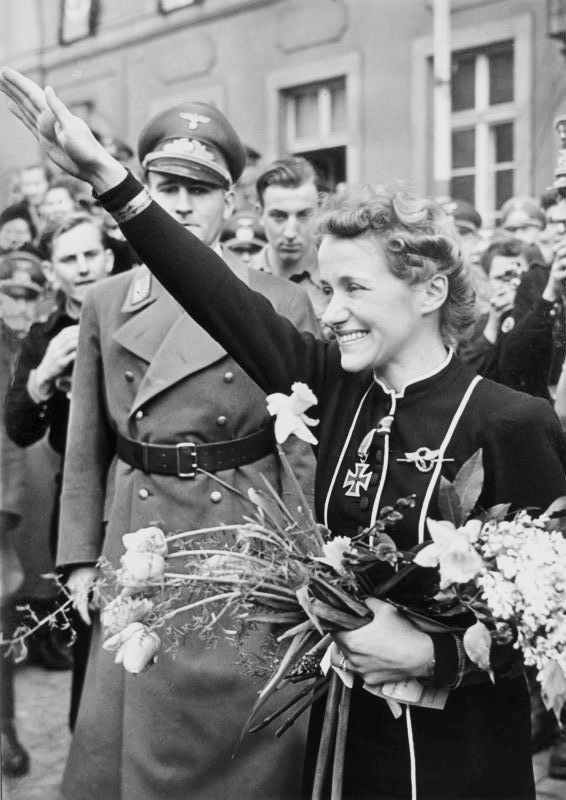
She completely embraced Nazi ideology and became one of their top fighter pilots. She was the only woman ever to win the Iron Cross.
After Hitler’s suicide, Hanna flew out of Germany to mount a bombing attack on Russia. Yet, against all odds, Hanna survived the war.
Vera Wohlauf
Vera Wohlauf was married to one of the chief officers in charge of the extermination of Jews in eastern Poland.
On her honeymoon in 1942, Vera joyously witnessed and celebrated a full day of massacring and deporting Polish Jews.
After this event, Vera joined other German military families in drinking and playing billets to celebrate.
Ilse Koch
As men were sent to fight in the war, the Nazis had to employ women as guards at their death camps. One of the most infamous of these female guards was Ilse Koch.
With her husband, Karl Koch, Ilse served as the well-known “Bitch of Buchenwald.” At the war’s end, Ilse was sentenced to life in prison for her role in the torture and extermination of prisoners at this notorious concentration camp.
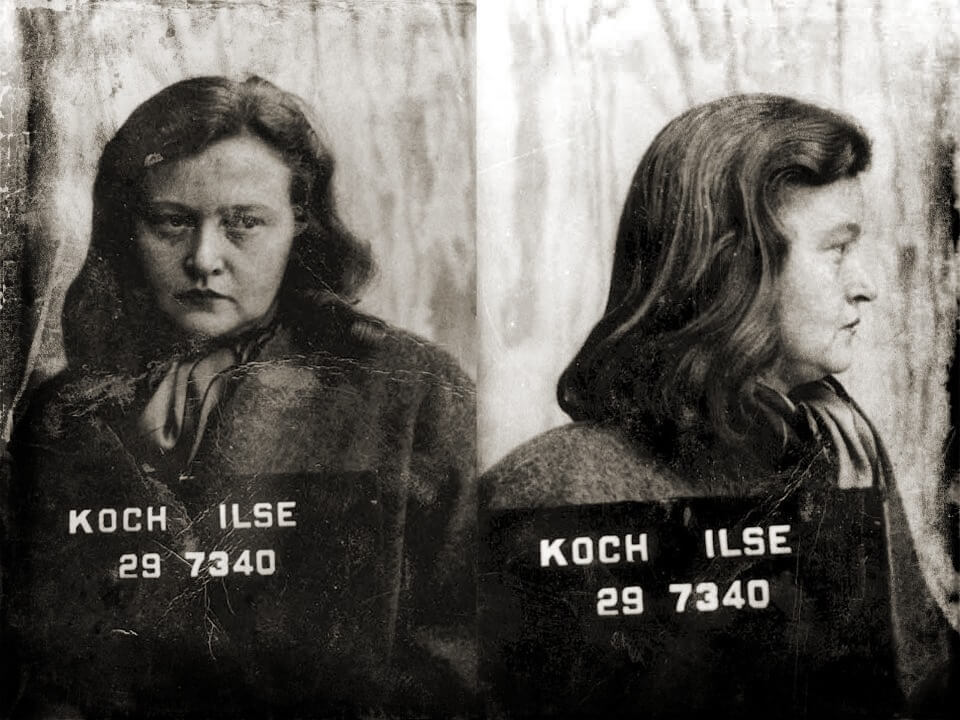
Finally, at sixty-one, Ilse decided she could no longer live with the consequences of her actions and hung herself in her prison cell in Bavaria.
Irma Grese
Another famed female concentration camp guard was Irma Grese. Irma served at Ravensbruck, Auschwitz, and Bergen-Belsen.
Legend had it that Grese was so fanatical in supporting the Nazis that her own family kicked her out for insisting on wearing her SS uniform.
It was also said that she had had an affair with Josef Kramer, the commandant of Bergen-Belsen. At the war’s end, the British arrested Irma Grese, then tried, convicted, and finally hanged her in December 1945.
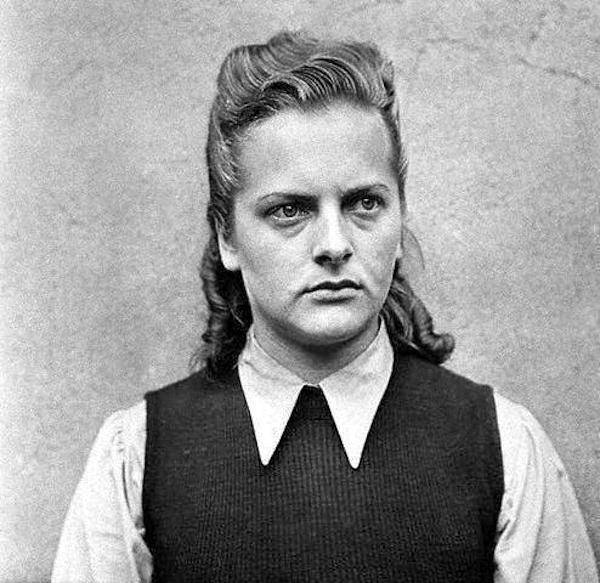
For a while, Hermine Braunsteiner worked in various Nazi concentration camps and even supervised Maidanek, a camp in Poland.
Although she served three years in an Austrian prison for infanticide, Braunsteiner did not fully face the consequences for her crimes until 1973, when she was extradited from the U.S. to Germany and then sentenced to life in prison for war crimes.
This was even though she married an American engineer and lived in New York.
Ilse Hirsch
Ilse Hirsch was instrumental in “Operation Carnival,” the assassination of the American-appointed Burgermeister of Aachen.
After being dropped by parachute into the town, it was Ilse who guided the team of killers to the home of this diplomat who was considered a traitor to the Nazi movement. He was assassinated while standing on his front steps.
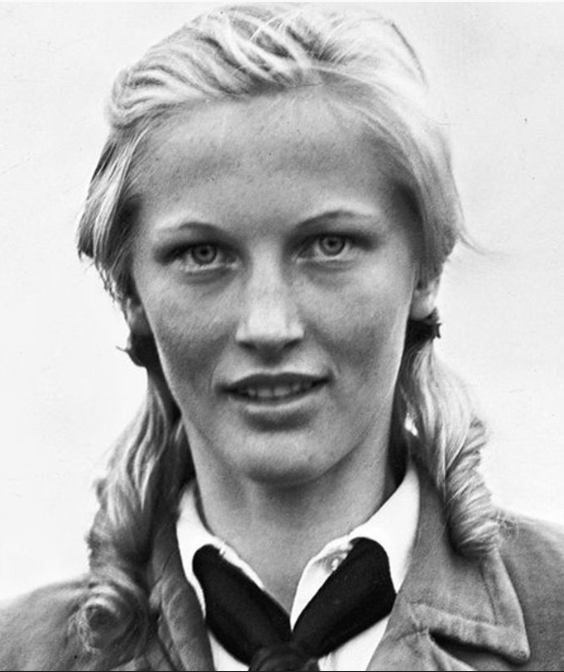
Ilse was later tried and found guilty of war crimes at the famous “Werewolf Trial.” However, she was the only member of this notable team of killers who was eventually allowed to go free.
Jenny-Wanda Barkmann
Jenny-Wanda Barkmann, also known as the “Beautiful Spectre” of Stutthof, was a female Nazi concentration camp guard who exhibited exceptional cruelty towards prisoners during World War II.
She gained infamy for her willingness to beat prisoners to death and select women and children for the gas chambers.
The Essential Role of Nazi Mothers
Despite the many women who took on roles in the military, the Nazis had very specific ideas about the perfect Nazi woman.
In a culture where the purity of the “Aryan” race was valued above all else, the highest calling for Nazi women was motherhood.
In this context, their primary responsibility was to give birth to many racially pure Germans.
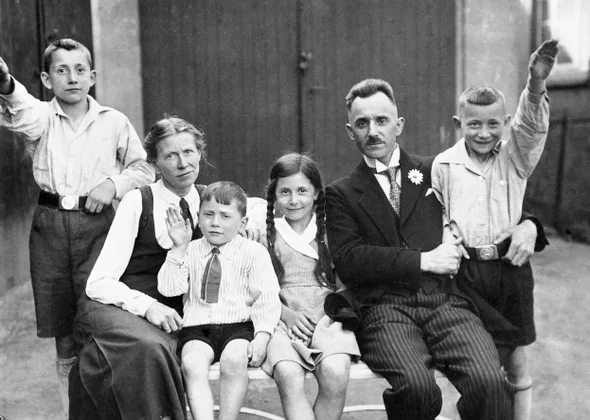
This responsibility was essential to Hitler’s grand master plan to grow the Aryan population, with the eventual goal of sending them to colonize the conquered territories of eastern Europe.
Under the Lebensborn program, established in 1936, every member of the SS was required by law to father four children, either in or out of wedlock.
Special homes were established in which single Lebensborn mothers could find shelter for themselves and their children.
They were provided with financial support, birth documents, and even, sometimes, adoptive parents for their children.
To that end, Nazi women were barred from higher education, political positions, and careers. Young women were encouraged to abandon careers for marriage to fulfill this role.
This was in many ways a reaction to the great strides towards women’s rights that had been effected in Germany throughout the 1920s.
Motherhood was celebrated, even idealized, by the Nazis. The Cross of Honor of the German Mother was awarded to any mother who gave birth to more than four children.
Sexuality for any purpose beyond reproduction was vehemently discouraged. Abortion was a grave offense, and doctors were required to report any stillbirths to be thoroughly investigated.
In 1943, the Protection of Marriage, Family, and Motherhood Act made infanticide by a mother punishable by death.
Along with that, any “immodest” female behavior was explicitly banned. Included in this was wearing makeup (any makeup) or smoking in public.
In addition, women had tough physical standards to maintain. As the mother of the Aryan race, women were supposed to be tall, strong, thin, beautiful, and blonde.
Girls learned about their responsibilities as mothers through membership in the Nazi League of German Girls, which they were required to attend starting at the age of ten.
The Nazis found other ways to encourage Germans to give birth to many children.
They provided income supplements for each child that was born. They continued to ramp up punishment for abortion. And they gave public recognition to families with large numbers of children.
To fit in with their grand scheme for creating a master race, unions between Aryans and non-Aryans were actively discouraged. And people with diseases or disabilities were not allowed to bring children into the world at all.
The most notorious women of the Third Reich did their best to live up to these expectations.
Magda Goebbels was the mother of seven children, each given a name starting with the letter “H” in honor of Hitler.
Sadly, she ended up murdering six of these children when she committed suicide at Hitler’s bunker in the last days of the war because she couldn’t stand the idea that they would have to live with the humiliation of being children of the despised Third Reich.
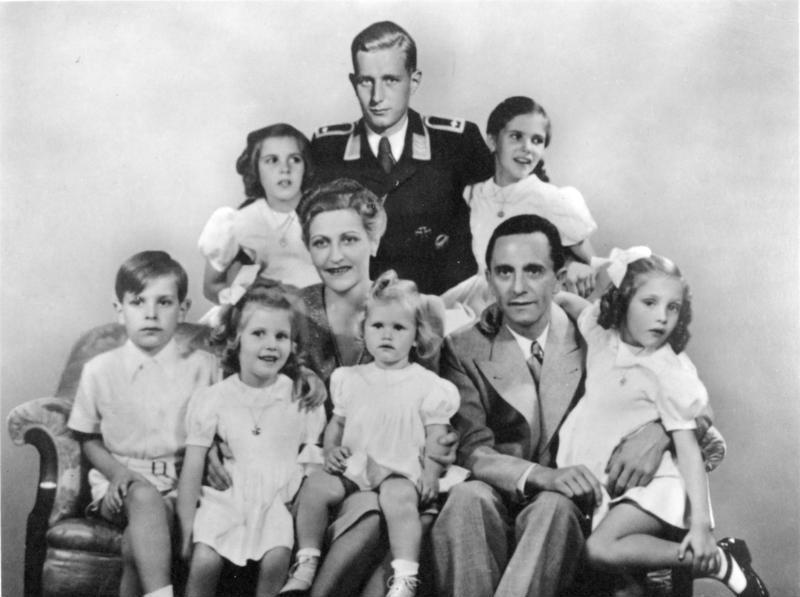
Gerda Bordmann, the wife of a Nazi leader, was the proud mother of ten children, the oldest named “Adolf” after Hitler.
As if that wasn’t enough, she also encouraged her husband to have children out of wedlock with a mistress to ensure he would have another child every year.
As you can tell from these stories, Nazi women held various roles. Though lacking the prestige (and the notoriety) of their male counterparts, these women played a crucial part in influencing the history of the Third Reich, each in their own way.
Women Who Opposed the Nazis
Although many women supported the Third Reich and even enabled its success, this discussion would not be complete without a brief homage to the courageous women who influenced the Resistance movement.
These women bravely spoke up against the growing power of the Nazis and even protected and sheltered Jewish people as they tried to escape.
Unfortunately, while many of them lived to tell the tale, many others lost their lives when the Third Reich executed them or sent them to be gassed in concentration camps.
One of the most well-known of these opponents was Sophie Scholl, who founded the anti-Nazi movement known as the “White Rose.”
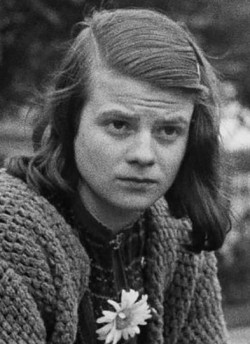
She boldly published pamphlets bringing to light the senseless cruelty and oppression of the Third Reich.
Sophie and her brother Hans became martyrs for the Nazi resistance when they were guillotined in 1943. Sophie was only twenty-two at the time of her tragic death.
Another female martyr in the Resistance was Liselotte Hermann, a student who openly defied the Nazis and secretly passed along information about German armament to foreign governments.
In 1938, she was arrested and became the first woman the Third Reich executed.
Another woman who famously opposed the Nazi regime was Mildred Fish-Harnack. With her husband, Arvid Harnack, Mildred quietly worked to support the Resistance movement through espionage.
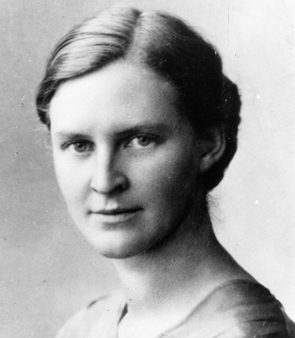
Unfortunately, her efforts ended when she was discovered by the Nazis and sentenced to prison. She was eventually beheaded in 1943.
This was all the more tragic because Mildred was not even German. She was an American from Wisconsin who had married a German Rockefeller scholar.
In 1970, she was posthumously awarded the Order of the Fatherland War, First Class. In addition, her husband, Arvin, was awarded the Order of the Red Banner.
Martha Wertheimer was a German journalist who was fired from her position because she was Jewish. She then embraced social work, and as the director of the Centre of German Jewish Children in Frankfurt, she assisted thousands of Jewish children in escaping Nazi concentration camps by getting them to England during the “Kindertransport” of 1938-39.
She also started a soup kitchen and nursing home in Frankfurt to care for the Jewish people. One day, Wertheimer was assigned by the Gestapo to take charge of about 1500 Jews for deportation. No one ever heard from her, or from any of the Jews that were deported, again.
Hilde Meisel was living in England at the time Hitler came to power but courageously returned to Germany to aid the Resistance movement.
After establishing a relationship with the espionage network, she sadly ran into a SS patrol when trying to cross the border into Germany.
After being shot, Hilde took a suicide pill rather than endure the torture of the Nazis.
After obtaining British citizenship through her marriage with the famous novelist Thomas Mann, Erika Mann actively voiced her opposition to the Third Reich in many writings, most notably her book “School For Barbarians,” published in 1938.
This book showed the world the true nature of the Nazi regime. In addition, she continued to educate the public through a series of lectures in the United States. Erika survived the Nazi regime to die peacefully in 1969 of a brain tumor.
Not all of the female opponents of the Third Reich were political activists. Some fell afoul of the Nazis simply by living in a way that went against their limited ideals of a woman’s role. For example, thousands of women were executed merely for seeking an abortion.

